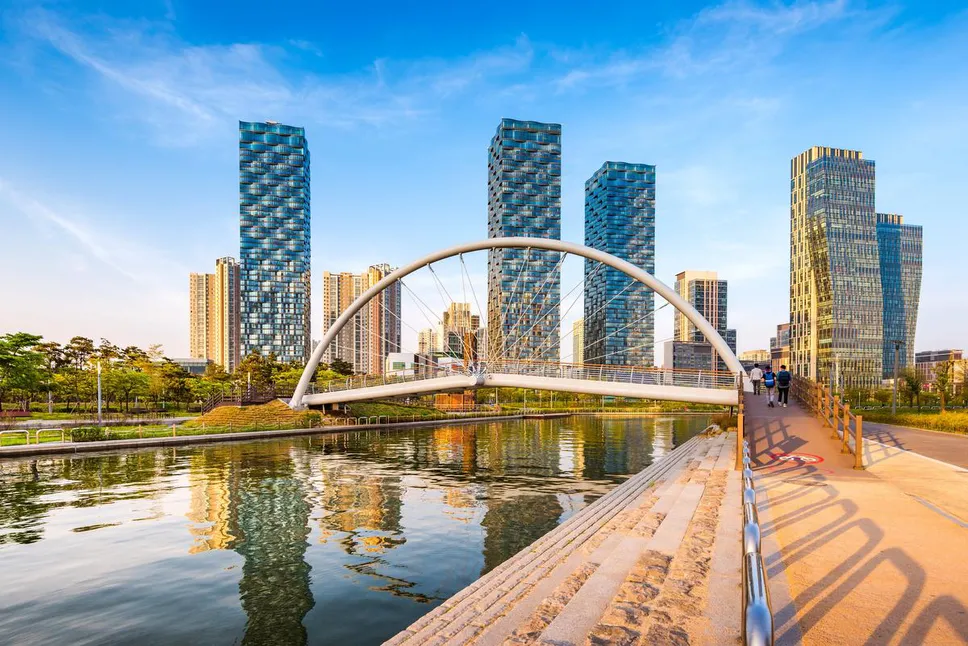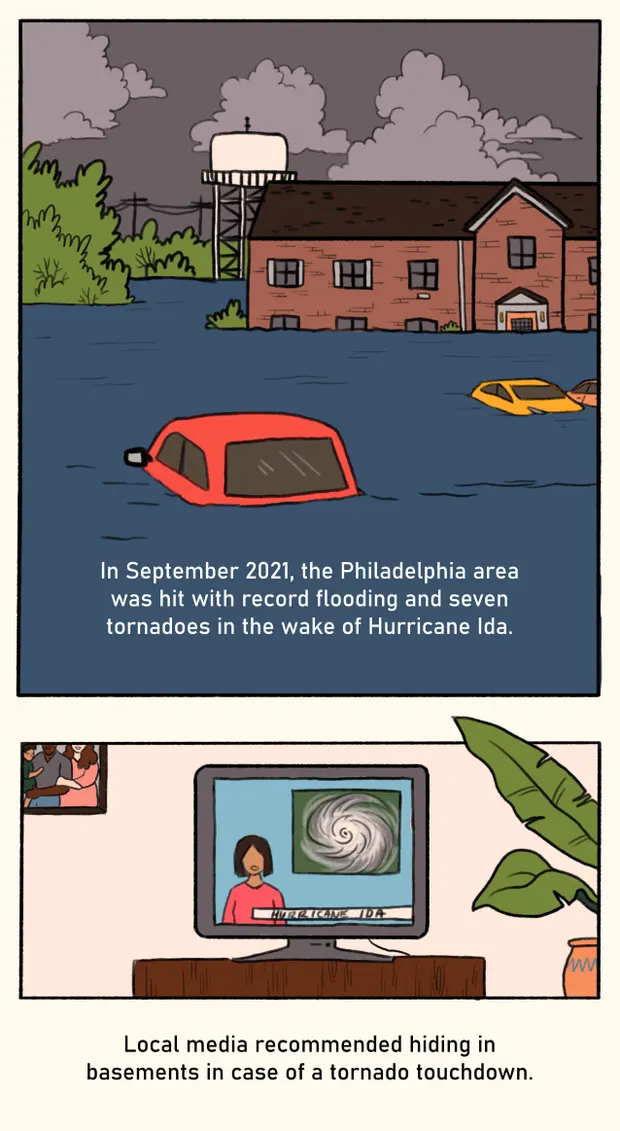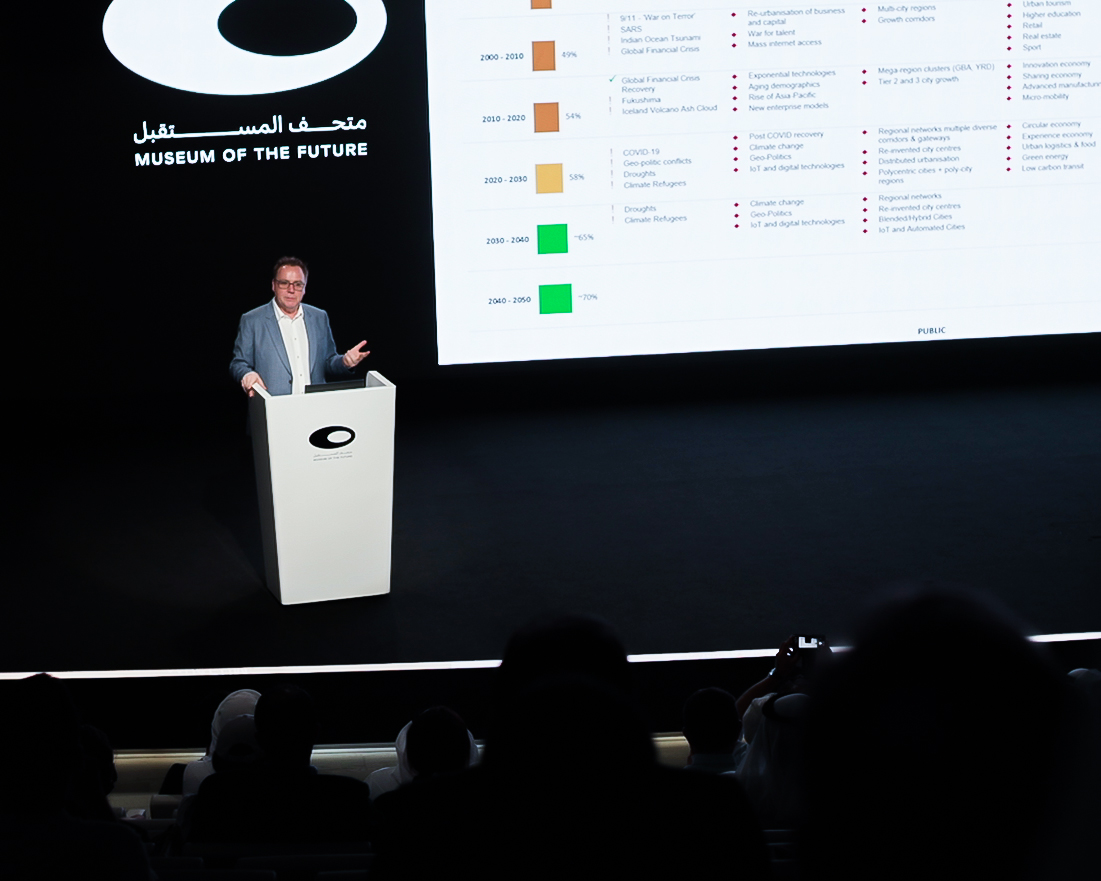
By now, it’s widely accepted that our cities of the future need to be cleaner, greener and technologically superior, conjuring images of renewable energy, electric vehicles and ‘smart’ everything. You’d be forgiven for thinking that the mining sector sits counter to this vision – but you’d be wrong. In fact, the green, climate-conscious globe that we strive towards will rely heavily on mined natural resources, and has already set in motion a transformation of the sector as we know it.
The mining sector is not generally perceived as ‘clean’ or ‘green’. There’s no escaping that the sector is responsible for 4 to 7 percent of greenhouse-gas (GHG) emissions globally, generating between 1.9 and 5.1 gigatonnes of CO2 equivalent (CO2e) of GHG emissions annually. As the world scrambles to meet the targets established at the Paris Climate Agreement in 20151, and we begin to map out a more sustainable framework for our rapidly-growing (and heavily energy-intensive) cities, there is some suggestion that an expiry date for the mining sector is approaching. Putting aside fossil fuel commodities, this view is far from fact. The practical reality is that decarbonisation, energy transition and technological advancement – the crucial components of green cities – are heavily reliant on the mining sector. The increased focus on greener energy production heightens the need for more minerals, which will expand, rather than contract, the sector.
In light of this, the time is ripe for the mining sector to rebuild trust with society at large by re-articulating the role it will play in the global economy – as a supplier of critical and green minerals produced in a sustainable and ethical fashion.
+INFO: Lexology























